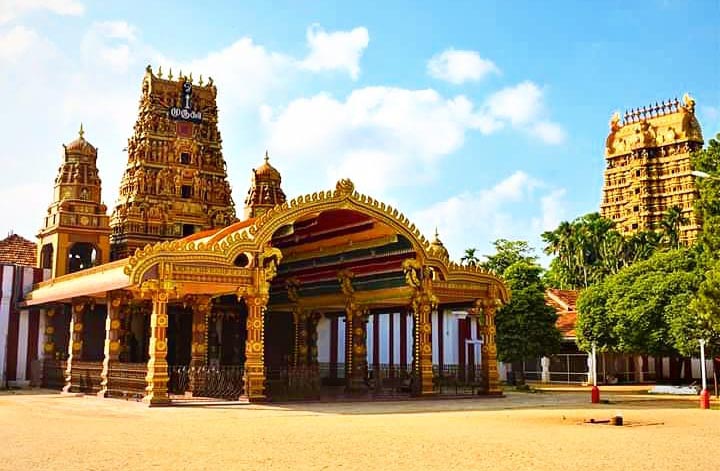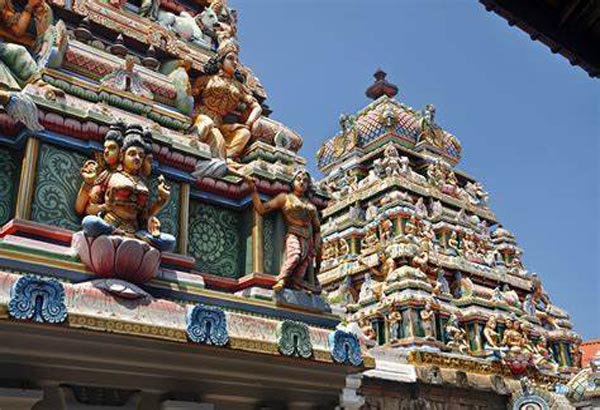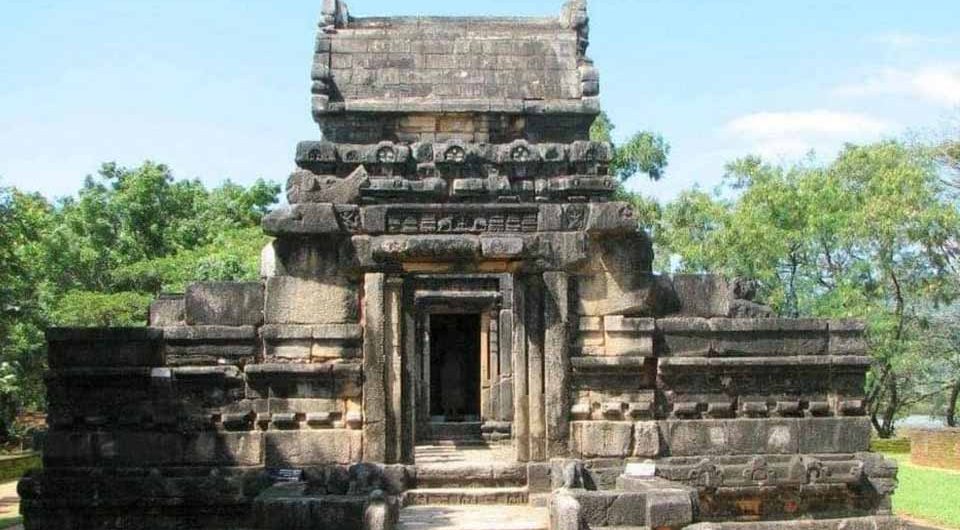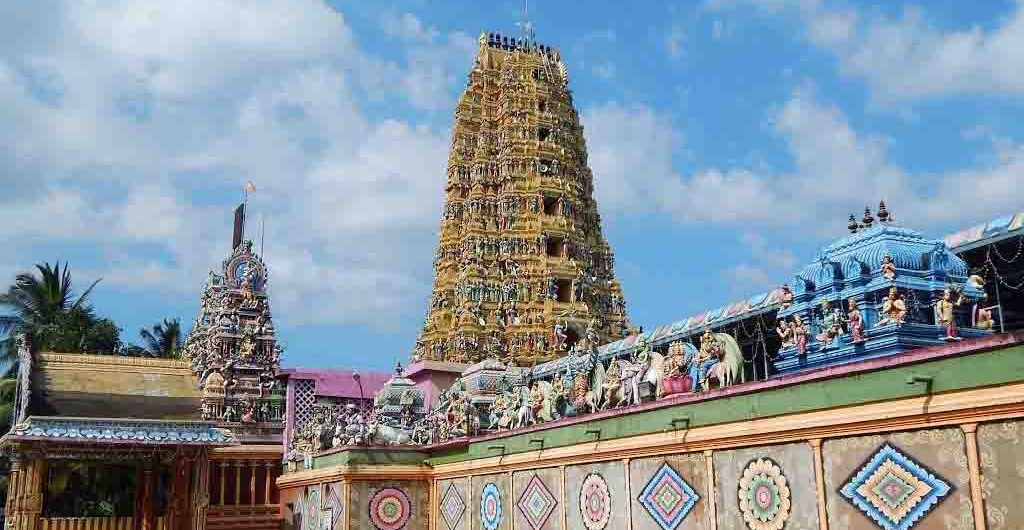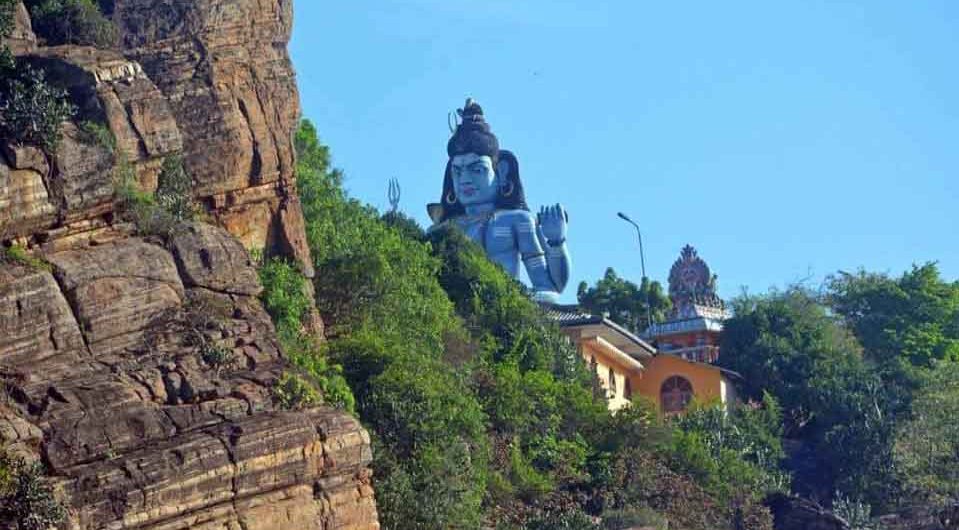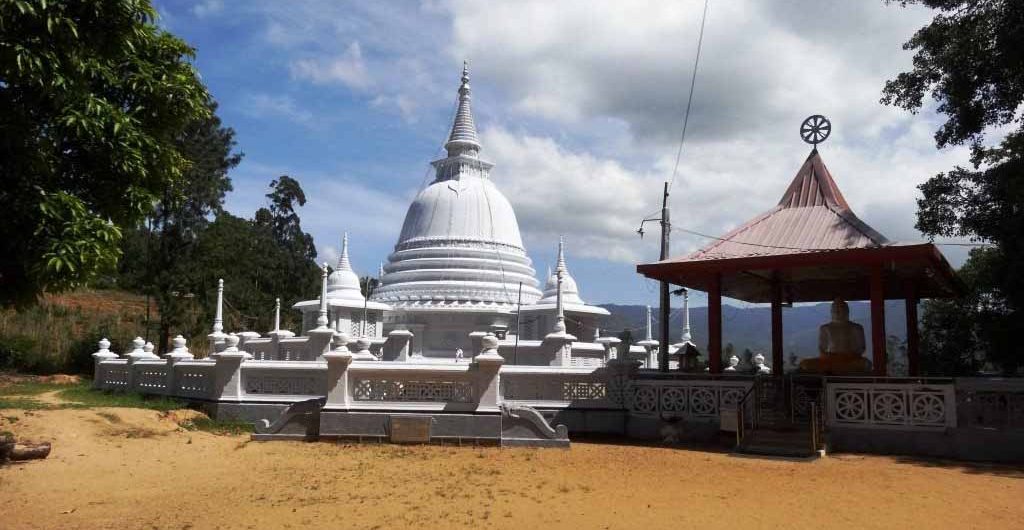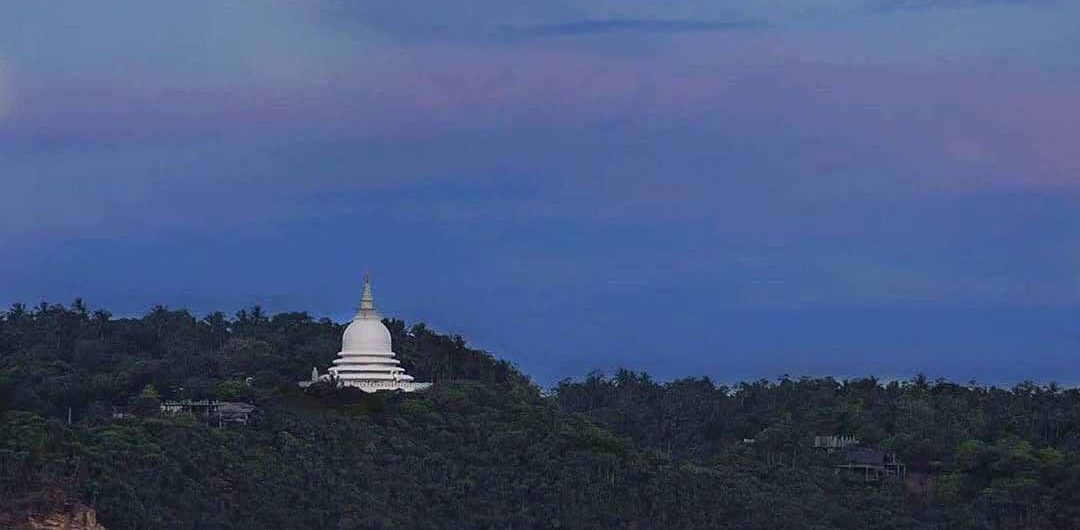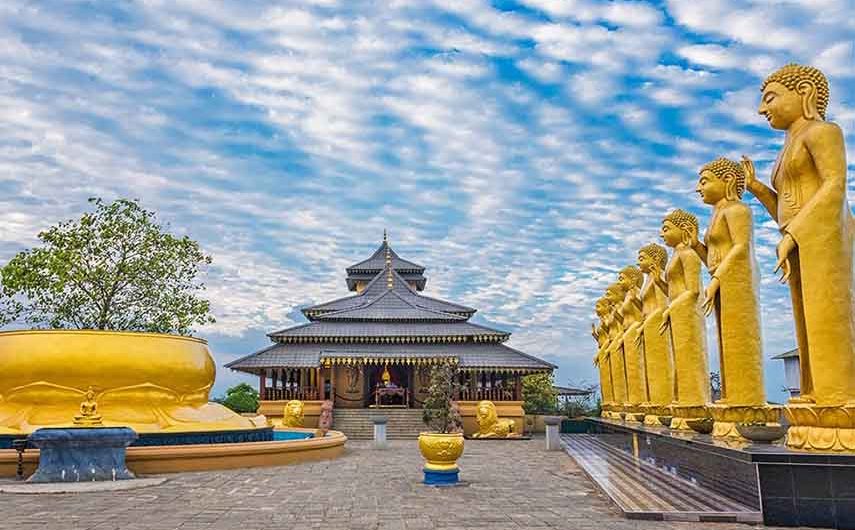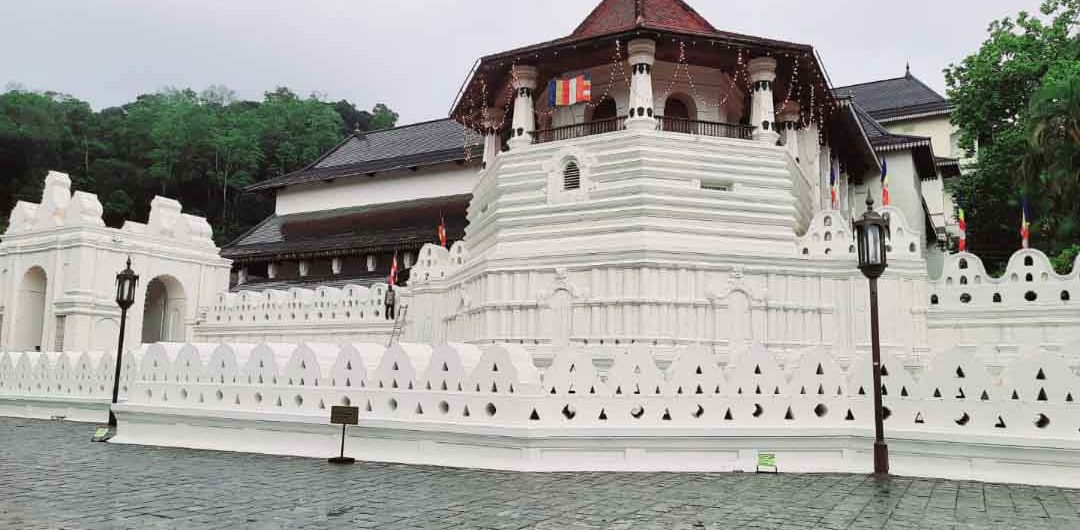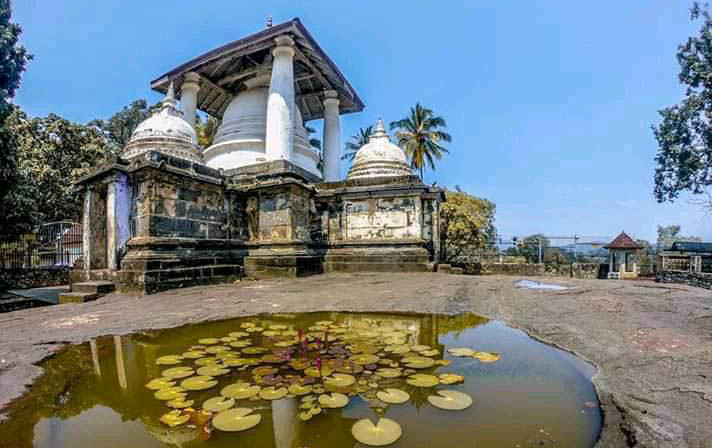Tucked away in the heart of Jaffna, Sri Lanka, lies a cultural treasure that has withstood the test of time: Nallur Kandaswamy Kovil. In this article, we will embark on a journey to uncover the historical and spiritual significance of this sacred temple, and why it beckons travelers from far and wide.
Introduction to Nallur Kandaswamy Kovil
Nallur Kandaswamy Kovil, often referred to simply as Nallur Kovil, stands as a magnificent Hindu temple that holds a special place in the hearts of devotees and visitors alike. Its soaring Gopuram, or monumental tower, is an iconic symbol of Jaffna.
A Glimpse into History
Nallur Kovil has a history that spans centuries. It was built in the 15th century by the Jaffna kingdom’s rulers, showcasing the rich cultural heritage of this region. The temple has endured through numerous periods, bearing witness to the changing tides of time and history.
Cultural Significance
The importance of Nallur Kandaswamy Kovil transcends its religious context. While it is a place of worship for Hindus, it has become a symbol of unity and cultural identity for the people of Jaffna. It is not uncommon to see visitors from various backgrounds, exploring the temple and partaking in its rituals, highlighting the spirit of inclusivity that the temple embodies.
Why Visit Nallur Kandaswamy Kovil
- Spiritual Connection: For those seeking spiritual solace, Nallur Kovil provides a serene and sacred environment. It is a place where one can find tranquility and connect with the divine.
- Architectural Marvel: The temple’s architecture is a testament to the skill and craftsmanship of its builders. The intricately carved pillars and colorful sculptures are a sight to behold.
- Cultural Experience: A visit to Nallur Kovil offers a unique opportunity to immerse oneself in the vibrant culture of Jaffna. Witness traditional rituals and ceremonies that have been preserved for generations.
- Festive Atmosphere: Planning your visit to coincide with one of the temple’s grand festivals, like the Nallur Festival, is an experience not to be missed. The temple comes alive with music, dance, and elaborate processions during these celebrations.
Visiting Nallur Kandaswamy Kovil
When visiting Nallur Kovil, it is essential to show respect for the temple’s sanctity and the devotees’ religious practices. Modest attire is encouraged, and it is advisable to inquire about any specific guidelines from the temple authorities.
In Conclusion
Nallur Kandaswamy Kovil is a symbol of both religious devotion and cultural identity. Its historical significance, architectural beauty, and the sense of unity it represents make it a destination worth exploring. Plan your visit and experience the spiritual and cultural richness of Jaffna through the lens of Nallur Kovil.
Come and discover the profound spirituality and cultural heritage of Nallur Kandaswamy Kovil in Jaffna. Plan your visit today and be part of this timeless cultural experience.
.
.
(Cover Image Credit: Mahesh Devaka Nanayakkara from FB)

